18 Mysterious Natural Landmarks Tied to Local Myths
Natural landmarks have always sparked curiosity and wonder, with many surrounded by intriguing local myths. From towering mountains to mysterious caves, these places have been tied to stories that stretch back centuries. Whether it’s a sacred site or a place of mystery, each landmark holds a deeper cultural significance. Local legends and folklore often explain the origin of these awe-inspiring natural wonders. Many of these landmarks are steeped in myths that continue to capture the imagination of visitors. These stories add layers of intrigue to the already stunning landscapes, making them even more captivating.
This post may contain affiliate links, which helps keep this content free. Please read our disclosure for more info.
Mount Roraima, Venezuela
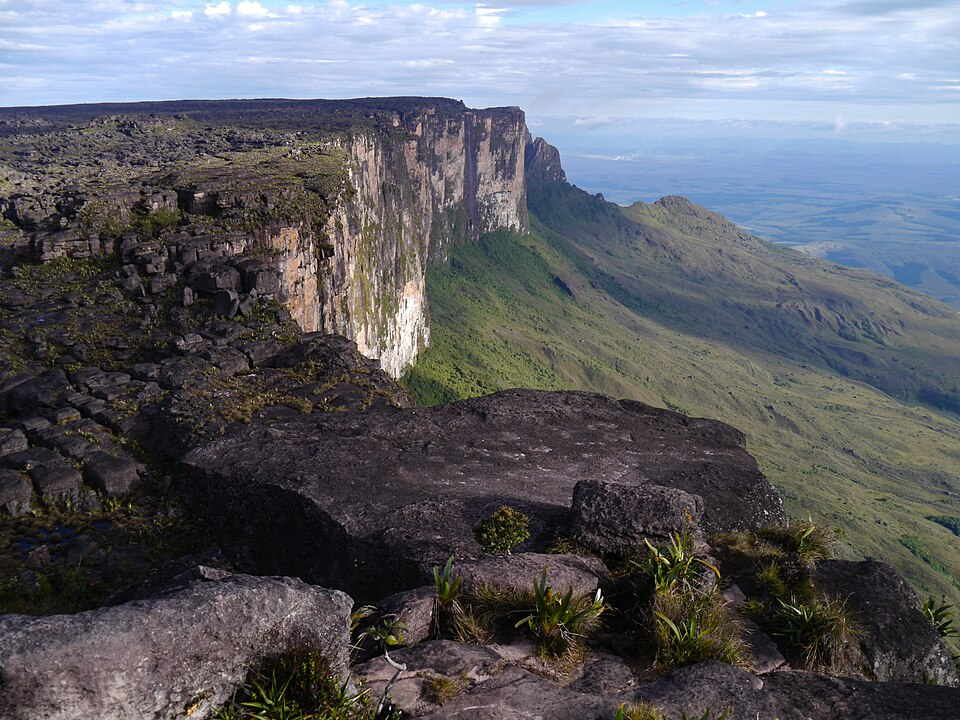
Mount Roraima stands tall at the edge of the Gran Sabana in Venezuela, bordered by the borders of Brazil and Guyana. Its unique flat-topped summit and steep cliffs have inspired numerous legends in the local Pemon tribe. The landscape of this ancient plateau is unlike anything else in the world, with unique plant life, cascading waterfalls, and endemic species, making it a place of awe.
In local myths, the mountain is often considered a sacred place, believed to be the home of spirits. These stories tell of ancient gods who used the plateau as a place to hide their treasures. The striking formations and the isolation of Mount Roraima contribute to the sense of mystery surrounding it, making it a significant part of local culture and a site of legend.
Uluru, Australia

Uluru, also known as Ayers Rock, is one of the most iconic landmarks in Australia. Rising from the central Australian desert, this enormous sandstone monolith holds deep significance for the local Anangu people. The rock’s striking color changes during sunrise and sunset add to its otherworldly beauty.
For centuries, Uluru has been tied to creation myths, with the Anangu people attributing it to the actions of ancestral beings. It is said that the great rock was formed from the body of a serpent-like creature, whose movements are still etched in the landscape. The site remains a spiritual center, surrounded by numerous sacred stories and traditions.
The Giant’s Causeway, Northern Ireland
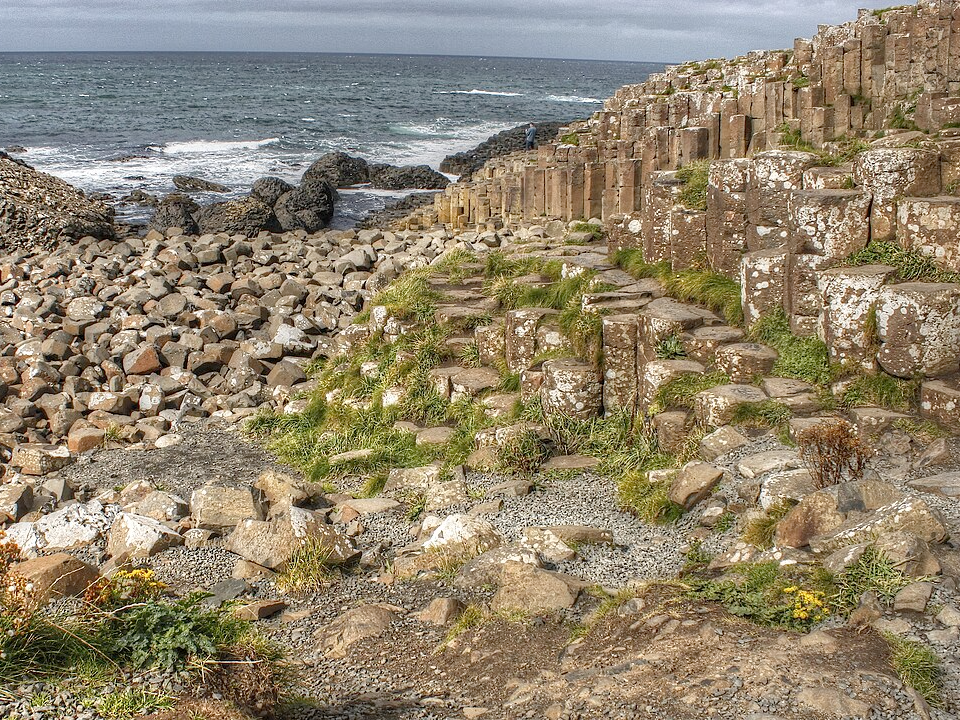
Located on the coast of Northern Ireland, the Giant’s Causeway is a geological wonder made up of about 40,000 interlocking basalt columns. These hexagonal stones form a natural walkway leading into the ocean, creating a striking landscape that has fascinated visitors for centuries. The causeway itself is a UNESCO World Heritage site.
According to local legend, the columns were built by the giant Finn McCool, who created the pathway to confront a rival giant across the sea. The structure of the causeway, which seems almost man-made, has led to myths that suggest supernatural origins. Even today, the site remains shrouded in mystery and myth, drawing visitors eager to learn about its mysterious creation.
The Devil’s Tower, United States
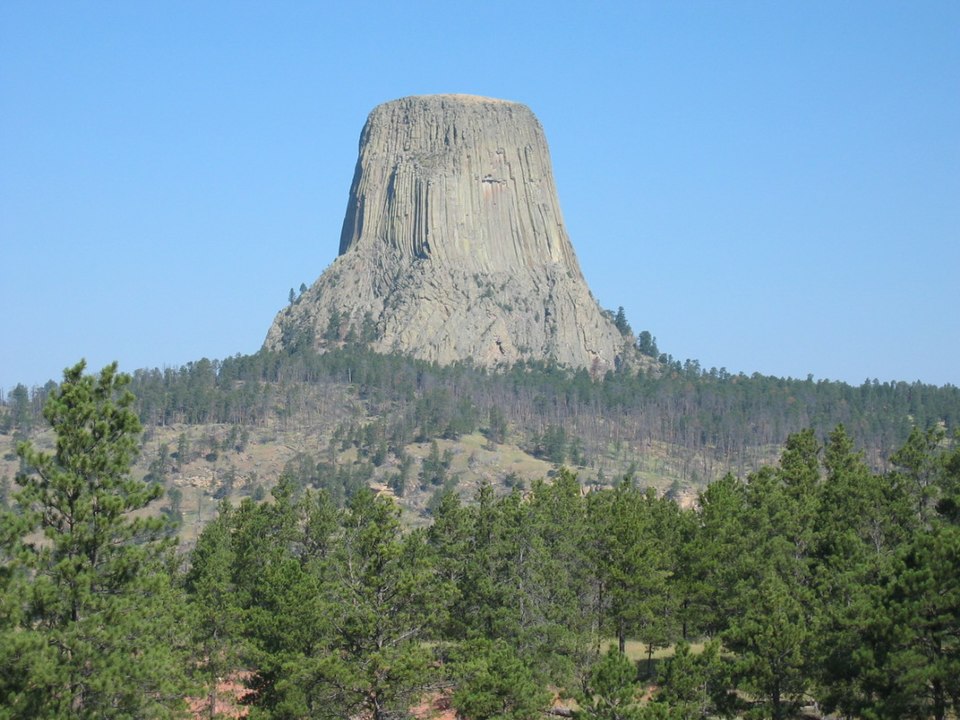
The Devil’s Tower, located in Wyoming, is a unique geological formation that rises dramatically from the surrounding plains. The monolithic formation was the first national monument in the United States, designated in 1906. The tower, known for its vertical columns, stands as a symbol of the American West.
In local Native American folklore, the tower is tied to various myths, including a tale in which a group of children is chased by a giant bear. As they sought refuge on a rock, the earth is said to have risen to save them, leaving the marks of the bear’s claws on the tower. This legend, along with the tower’s unusual shape, makes it an integral part of the area’s spiritual and cultural stories.
Santorini Caldera, Greece

The Santorini Caldera is the result of a massive volcanic eruption that occurred around 3,600 years ago. Today, it forms the stunning backdrop for the island of Santorini, with steep cliffs that rise above the deep blue waters. The caldera is a popular tourist destination due to its breathtaking views and the beauty of its crescent-shaped lagoon.
In Greek mythology, the caldera is often associated with the myth of Atlantis. Some believe that the eruption and the resulting changes in the island’s landscape were the final event that led to the downfall of the mythical civilization. The ruins of ancient settlements and the unique geological features of Santorini contribute to its enduring ties to myth and legend.
Mount Fuji, Japan
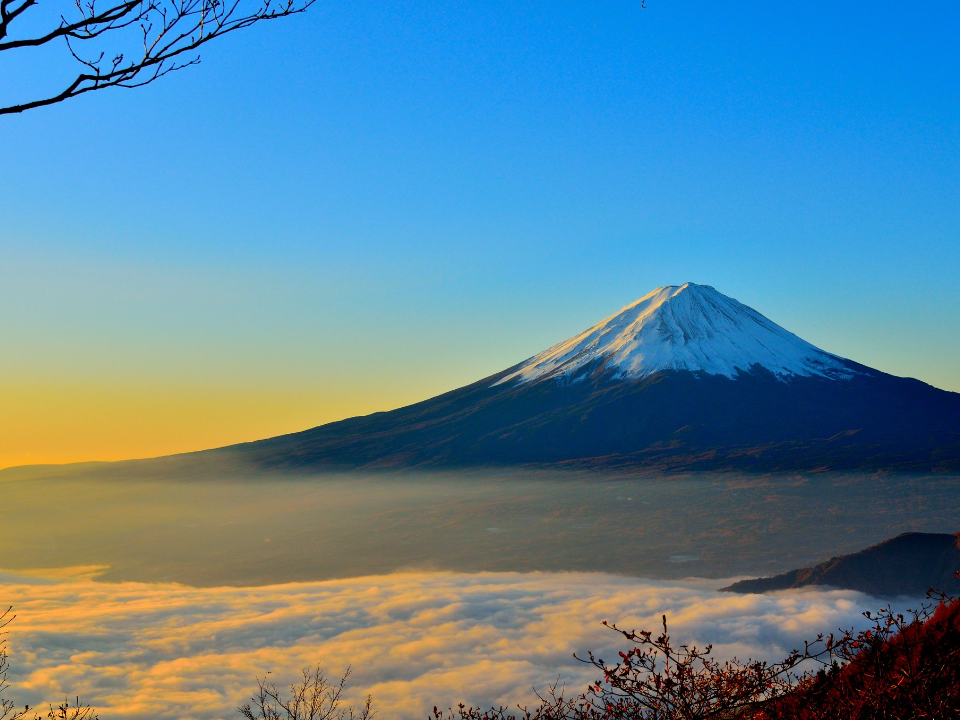
Mount Fuji is Japan’s highest peak and an active stratovolcano located on Honshu Island. It is a prominent feature of Japan’s landscape and is considered sacred in both Shinto and Buddhist traditions. The symmetrical cone shape of the mountain is often seen in artworks, and its presence is iconic in Japanese culture.
The mountain is the subject of many myths, with one popular story suggesting that Mount Fuji was the home of a great dragon. It is said that the dragon’s roar could be heard during volcanic eruptions, signaling its awakening. Pilgrims and climbers still visit Mount Fuji to honor its spiritual significance, which continues to play a role in Japan’s folklore.
Machu Picchu, Peru
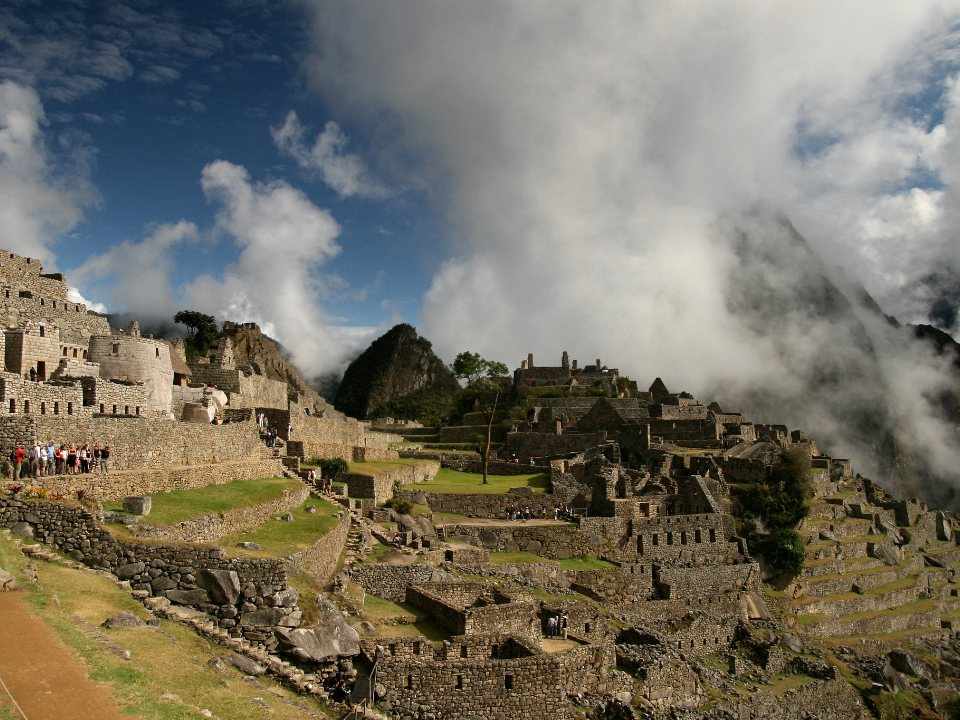
Machu Picchu, the ancient Incan city perched high in the Andes Mountains, is one of the most famous landmarks in the world. The site, which was rediscovered by explorer Hiram Bingham in 1911, is believed to have been a royal estate or religious retreat for Inca nobility. Its stunning location, surrounded by lush green mountains, offers a glimpse into the ingenuity of the Inca civilization.
Machu Picchu is surrounded by various myths, with many locals believing that the site was built by the gods. One legend suggests that the city’s location was chosen by the Inca emperor to be as close as possible to the heavens. The site’s purpose remains a subject of speculation, with some claiming it held spiritual significance, while others believe it was a place of healing.
The Moeraki Boulders, New Zealand

The Moeraki Boulders are large spherical stones scattered along Koekohe Beach in New Zealand. These strange formations, some as large as 3 meters in diameter, appear to have been placed deliberately, giving them an almost mystical quality. The stones are made of mudstone and are believed to be over 60 million years old.
According to Maori legend, the Moeraki Boulders are the remains of eel baskets that washed up on shore after a great canoe disaster. The stones are thought to have been placed by the gods as reminders of the ancient journey. Their eerie presence on the beach makes them a powerful symbol in Maori culture, linked to the myth of the great sea voyage.
Lake Titicaca, Bolivia and Peru
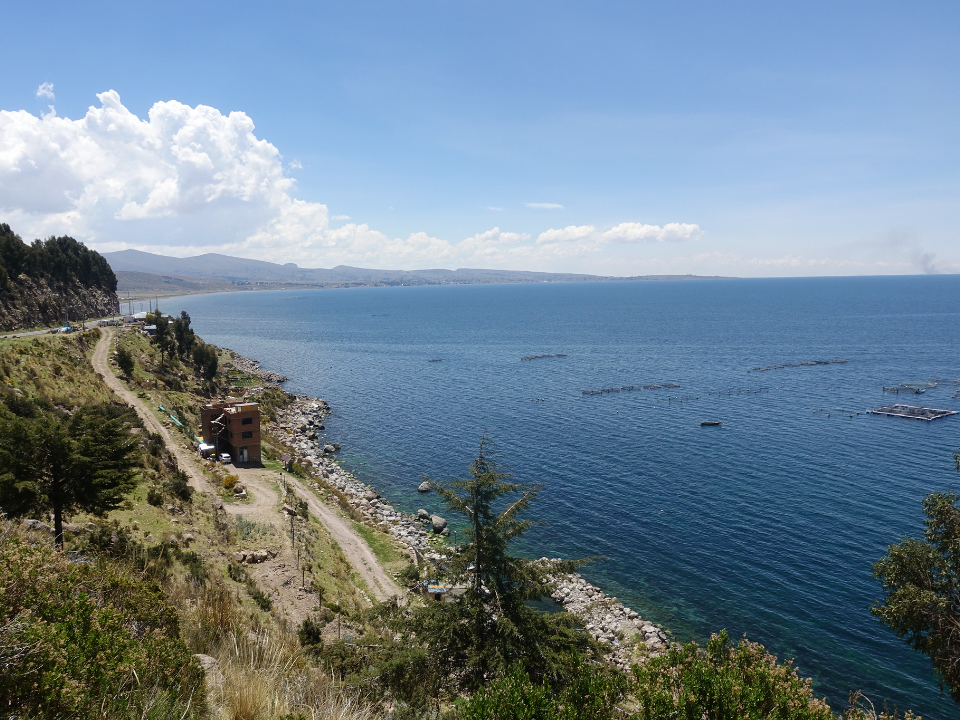
Lake Titicaca, located on the border of Bolivia and Peru, is the highest navigable lake in the world. The lake is surrounded by rugged mountains, and its deep blue waters provide a striking contrast against the dry landscape of the Altiplano. The lake has long been a site of cultural and spiritual significance for the indigenous people of the region.
In local myths, Lake Titicaca is the birthplace of the sun and the site of the creation of the first Inca emperor, Manco Capac. The ancient Inca civilization believed that the gods emerged from the lake, bringing civilization to the people. Today, the lake continues to be a center for ceremonial rituals, with the myths surrounding its origins still playing a key role in local traditions.
The Aysén River, Chile
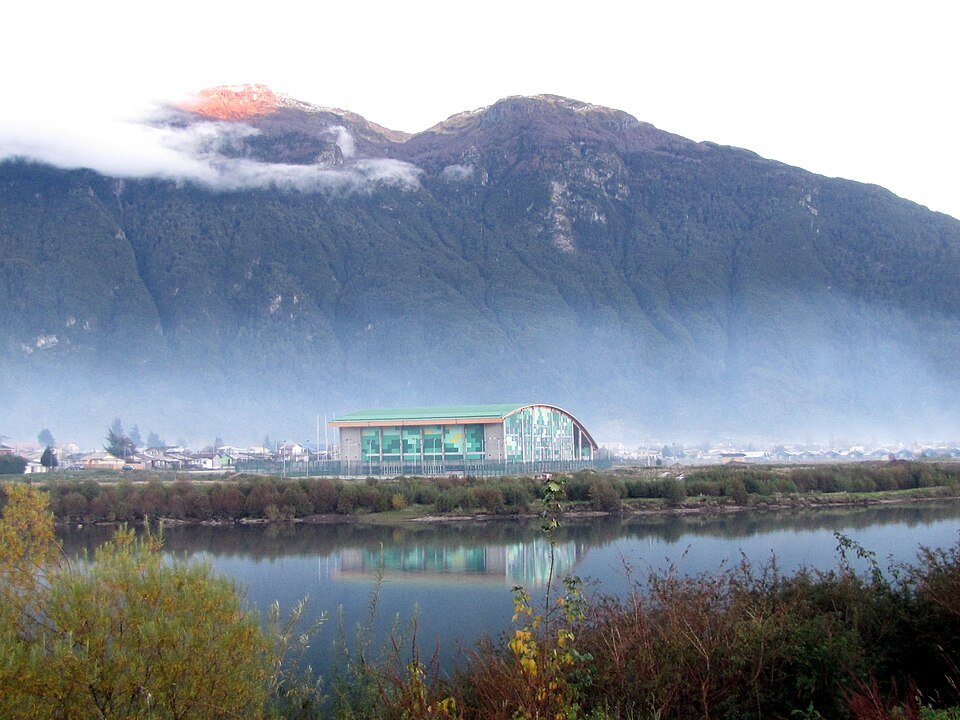
The Aysén River in southern Chile is known for its pristine waters and dramatic landscape, including glaciers and jagged mountain peaks. The river flows through the remote Aysén Region, which is often described as one of the last untouched wildernesses in the world. Its vibrant blue waters and natural beauty have made it a destination for adventure seekers and nature lovers alike.
The Aysén River is tied to various local myths, with some believing that the river’s waters hold magical powers. According to legend, the river is guarded by spirits who protect the land from outsiders. These stories, combined with the river’s haunting beauty, make the area rich with mystical allure.
The Fairy Pools, Isle of Skye, Scotland
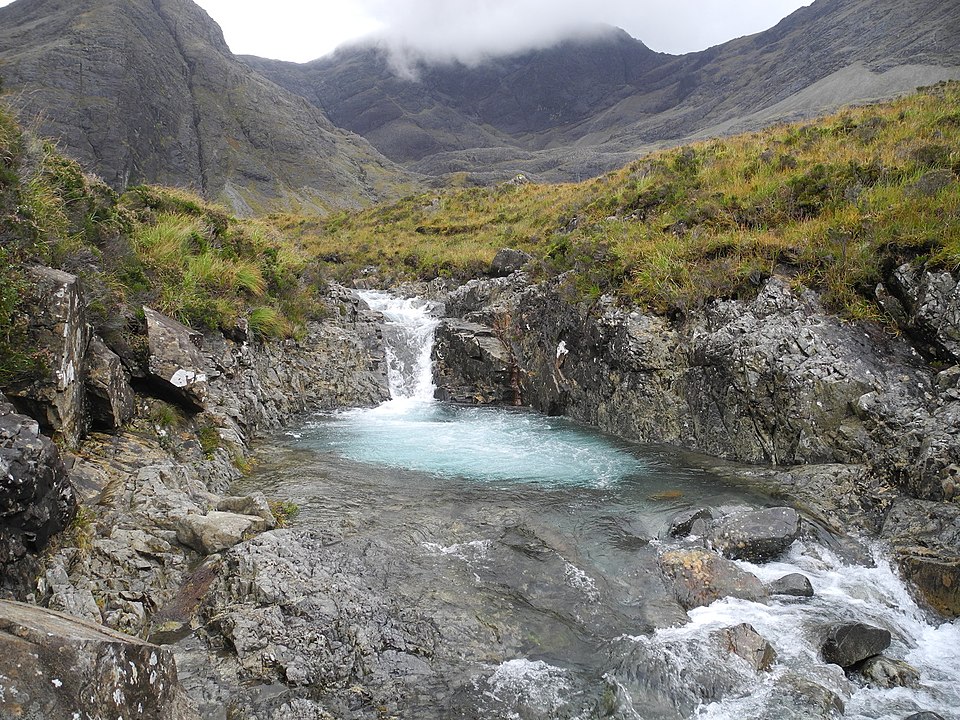
Located on the Isle of Skye, the Fairy Pools are a series of crystal-clear waterfalls and pools fed by the Cuillin Mountains. The serene beauty of the pools, surrounded by lush green hills, attracts tourists and photographers from around the world. The pools are often described as magical, with their vibrant blue waters and peaceful atmosphere.
According to local legend, the Fairy Pools were once home to mystical beings known as the fairies. It is said that these creatures lived in the pools, using their magic to control the surrounding nature. People visit the pools not only for their natural beauty but also to tap into the magical energy believed to be present in the area.
The Black Forest, Germany
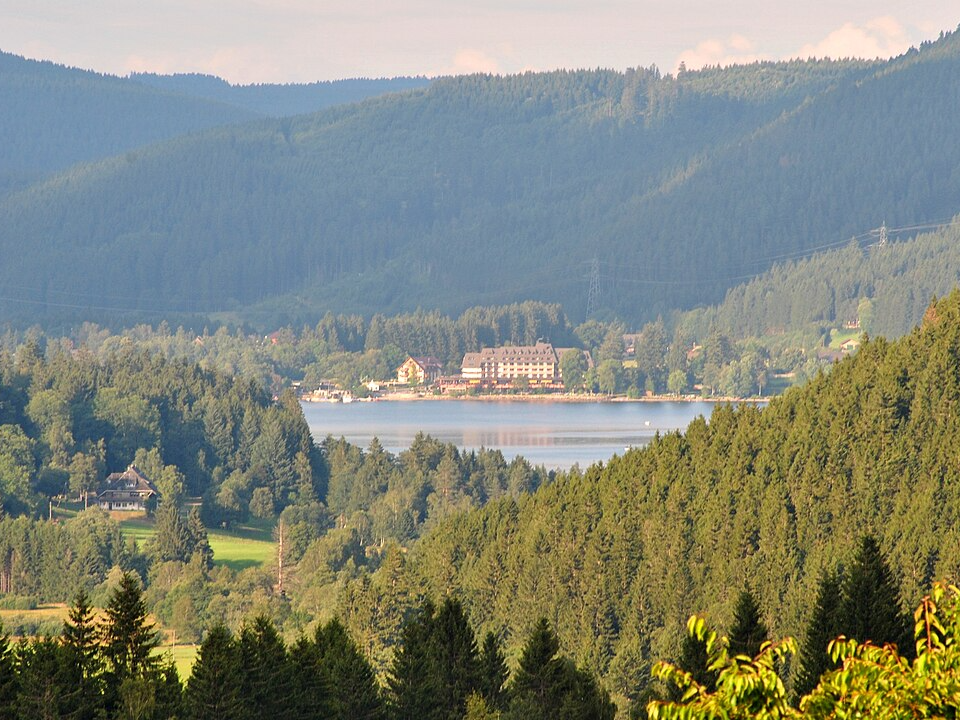
The Black Forest in Germany is a vast and dense woodland area that has long been associated with mysterious legends and folklore. Its towering trees and fog-covered valleys have set the stage for numerous fairy tales, including those written by the Brothers Grimm. The forest is known for its dark, dense canopy, which creates an eerie atmosphere in its depths.
Local myths tell of witches, spirits, and mythical creatures that inhabit the forest. One popular legend speaks of a cursed village hidden deep within the woods, where time itself is said to stand still. The Black Forest remains a place where ancient myths and natural beauty intersect, making it a focal point for those drawn to its mysterious aura.
The Wulingyuan Scenic Area, China

The Wulingyuan Scenic Area in China is a UNESCO World Heritage site known for its towering sandstone pillars, gorges, and ravines. The landscape is often described as a natural wonder, with over 3,000 sandstone formations rising dramatically from the ground. The area is a popular destination for tourists seeking to explore its extraordinary beauty and unique geological features.
In local mythology, the Wulingyuan Scenic Area is often linked to stories of immortals who lived among the rocks. These tales suggest that the natural formations were created by the gods as a place for the divine to live in seclusion. The mystical atmosphere surrounding the site continues to captivate visitors, with many believing that it holds secrets to ancient powers.
The Cave of the Crystals, Mexico
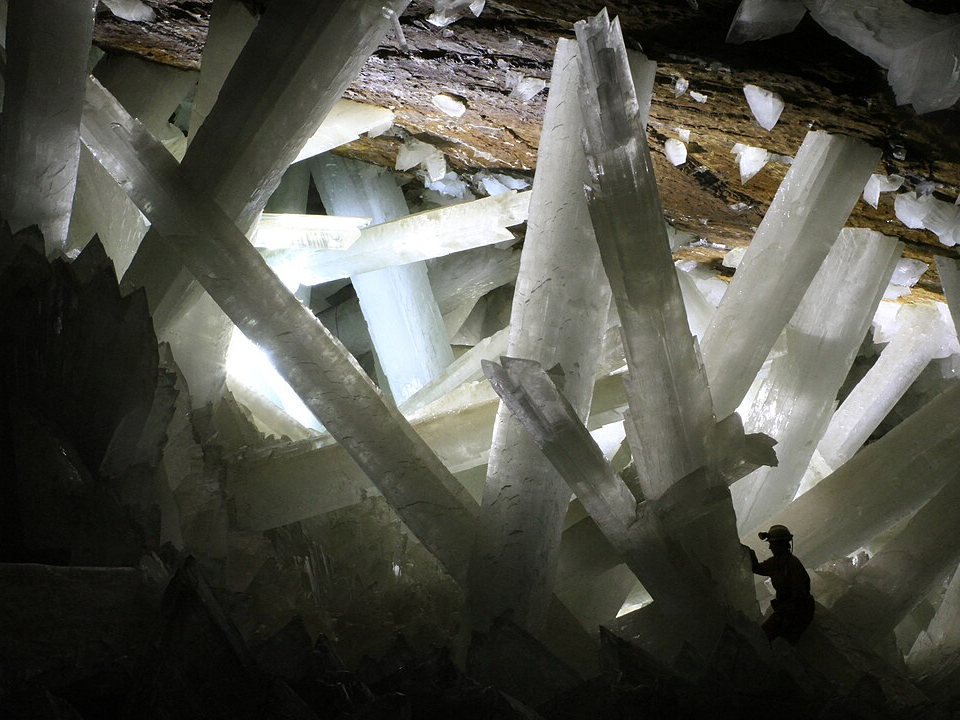
The Cave of the Crystals, located in the Naica Mine of Chihuahua, Mexico, is home to some of the largest crystals ever discovered. These selenite crystals, some measuring over 36 feet in length, form an otherworldly environment within the cave. The extreme heat and humidity inside the cave make it a challenging place to explore, adding to its mystique.
Local legends speak of a hidden realm deep within the earth, where ancient beings or gods reside. It is believed that the crystals are not just natural formations but are imbued with mystical properties. Some stories even claim that the cave is a doorway to an underworld, with the crystals acting as guardians to a forbidden space. The cave’s otherworldly beauty and its connection to these myths make it a place of wonder and fascination.
Mount Etna, Italy

Mount Etna, located on the eastern coast of Sicily, is one of the most active volcanoes in the world. Its eruptions have shaped the surrounding landscape for centuries, creating fertile soil and dramatic scenery. The mountain is constantly in a state of activity, making it a fascinating and dangerous natural landmark.
In ancient times, Mount Etna was believed to be the home of the forge of Hephaestus, the Greek god of fire. According to myth, Hephaestus used the volcano as his workshop, crafting weapons for the gods. The connection between the volcano’s eruptions and the god’s fiery nature has led to countless myths surrounding the mountain’s power and its role in Greek and Roman legends.
The Stone Forest, China
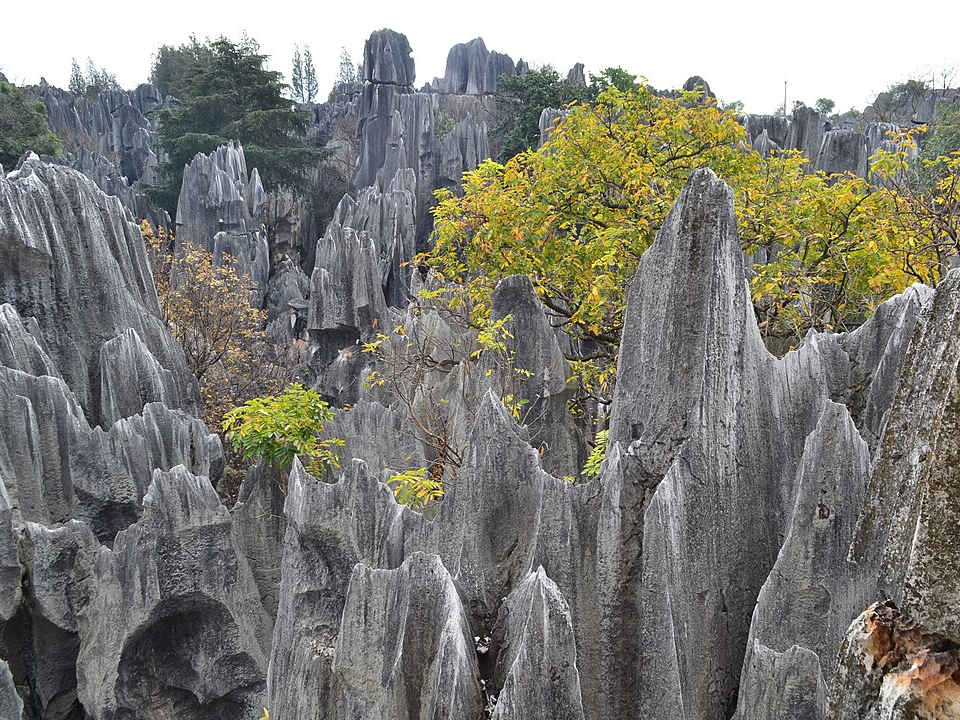
The Stone Forest, or Shilin, in China is a collection of limestone formations that resemble petrified trees. These towering stone pillars rise from the ground in intricate patterns, creating the illusion of a forest made of stone. The landscape is so unique that it has been recognized as a UNESCO World Heritage site.
In local Yi mythology, the Stone Forest is the result of a great battle between the gods. It is said that the forest was once a beautiful village, but when the villagers angered the gods, the ground was turned to stone as a punishment. The formations are believed to hold the spirits of the villagers, trapped in time as stone figures. The area remains a powerful symbol of ancient legends and the natural world’s mysterious forces.
The Lost City of Petra, Jordan
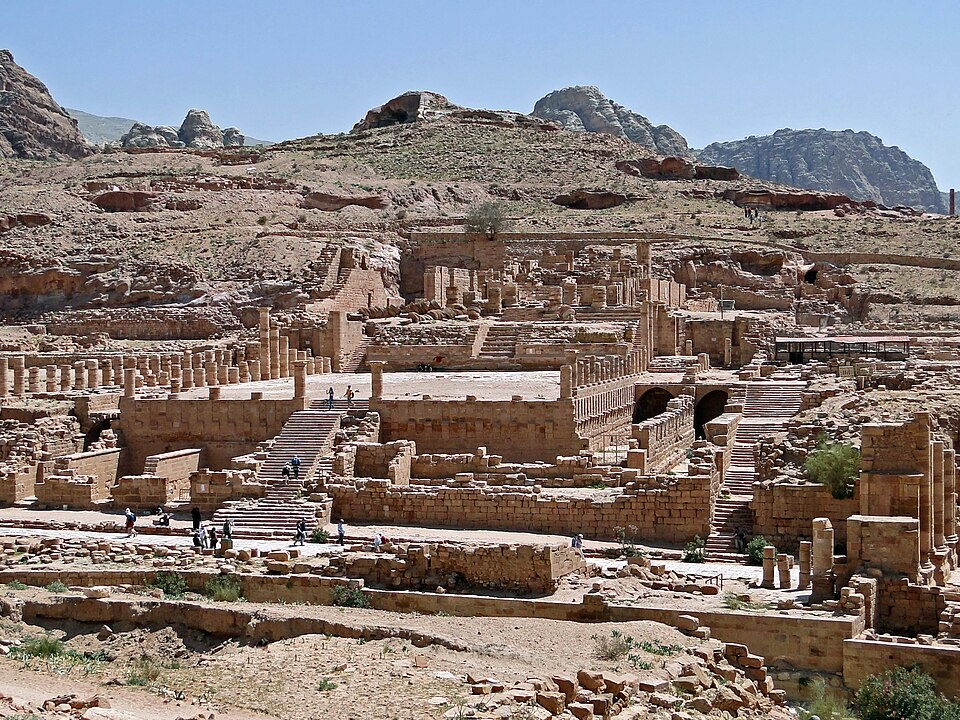
The ancient city of Petra, carved into the rock face of southern Jordan, is one of the most iconic archaeological sites in the world. The city was once a thriving trade center for the Nabataean Kingdom and is renowned for its elaborate rock-cut architecture. Petra’s famous structures, including the Treasury and the Monastery, are a testament to the skill of its builders.
In local folklore, Petra is often associated with the legend of the city’s sudden disappearance. Some stories tell of a curse placed on the city after its inhabitants angered the gods. Today, Petra remains a symbol of ancient mystery, with myths surrounding its construction and the reasons for its eventual abandonment continuing to intrigue archaeologists and historians alike.
The Nazca Lines, Peru
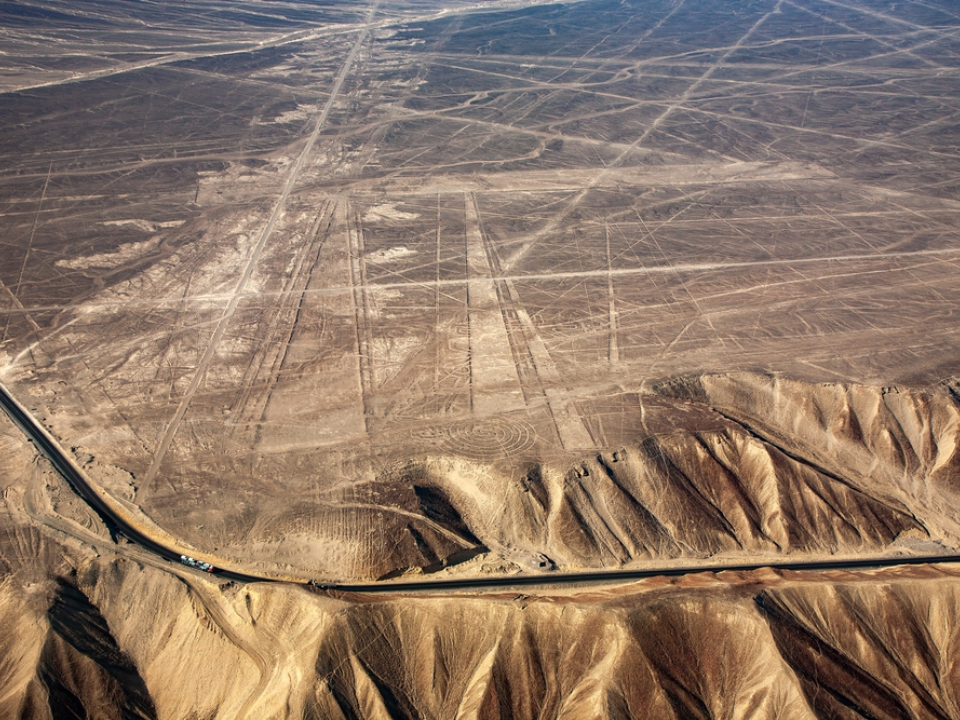
The Nazca Lines, located in the desert of southern Peru, are a series of massive geoglyphs etched into the ground. These lines, which form various shapes including animals, plants, and geometric patterns, are best seen from the air. The purpose of the lines remains a mystery, adding to their intrigue.
Local myths suggest that the lines were created by the Nazca people as offerings to the gods, hoping to gain favor for water and crops. Others believe the lines were part of a spiritual ritual, leading to the idea that they could only be fully understood by the gods. The lines continue to captivate visitors, sparking questions about their creation and the secrets they may hold.
This article originally appeared on Avocadu.
